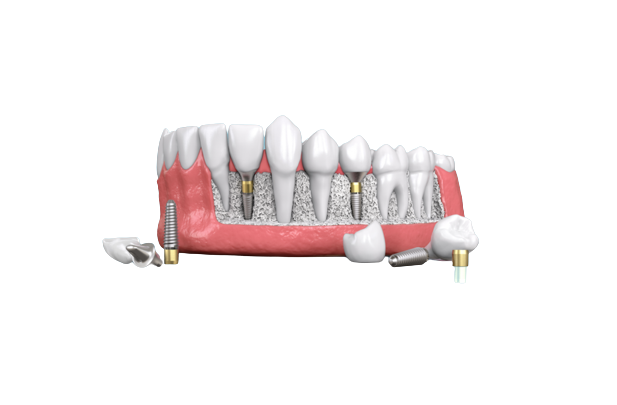What is paranoid personality disorder (PPD)?
A long-standing pattern of unjustified mistrust and suspicion of others is a symptom of the mental illness paranoid personality disorder (PPD). (paranoia). PPD sufferers frequently believe that people are threatening, degrading, or trying to harm them.
People with paranoid personality disorder frequently don’t think that their behaviour or way of thinking is dangerous.
What is the onset age for paranoid personality disorder?
By their late teens or early adult years, people with paranoid personality disorder generally start exhibiting symptoms and revealing evidence of the condition.
What symptoms and indicators are associated with paranoid personality disorder?
Individuals with paranoid personality disorder (PPD) live in constant fear of being threatened, denigrated, or harmed by others. They are unable to build solid or even functional relationships because of these “online counselor” frequently incorrect ideas, as well as their tendencies towards blame and mistrust. The social lives of those with PPD are severely constrained.
PPD sufferers may:
- Have doubts about the sincerity, allegiance, or trustworthiness of others, thinking they are exploiting or misleading them.
2.They are apprehensive to open out to people or provide personal information for fear that it would be exploited against them.
- Hold grudges and are unforgiving.
- Recognize subliminal messages in others’ benign remarks or casual gestures.
- Recognize character assaults that are hidden from other people.
- constantly, but without justification, suspect their partners in love of cheating on them.
- be distant and aloof in their interactions best counsellor with others and may exhibit control and jealousy to ward off betrayal.
- believe they are always right and fail to acknowledge their role in problems or disagreements.
- have a hard time relaxing.
What is the root of the paranoid personality disorder?
Although the precise causation of paranoid personality disorder (PPD) is unknown, it most likely has a biological and environmental component.
Researchers have discovered that the development of PPD in adolescence and the early years of adulthood is significantly influenced by childhood emotional neglect, physical neglect, and supervision neglect.
What is the diagnosis for paranoid personality disorder?
Through the course of a child’s and adolescent’s growth, personality continues to change. Because of this, medical professionals often wait until a patient is beyond the age of 18 to diagnose paranoid personality disorder (PPD).
They enquire about things that will clarify:
- Past history.
- Relationships.
- Previous work history.
- Reality testing.
- Impulse control.
The Diagnostic and Statistical Manual of Mental Disorders published by the American Psychiatric Association serves as the basis for mental health professionals’ diagnosis of paranoid personality disorder.
other medical conditions associated with paranoid personality disorder
A second personality disorder is present in about 75% of patients with paranoid personality disorder (PPD). The following personality disorders most frequently co-occur with PPD:
- Disorder of the avoidant personality.
- Disorder of the borderline personality (BPD).
- Disorder of the antisocial personality (ASPD).
- Compared to the overall US population, PPD patients are also more likely to suffer from panic disorder and substance use disorder












Post Comment